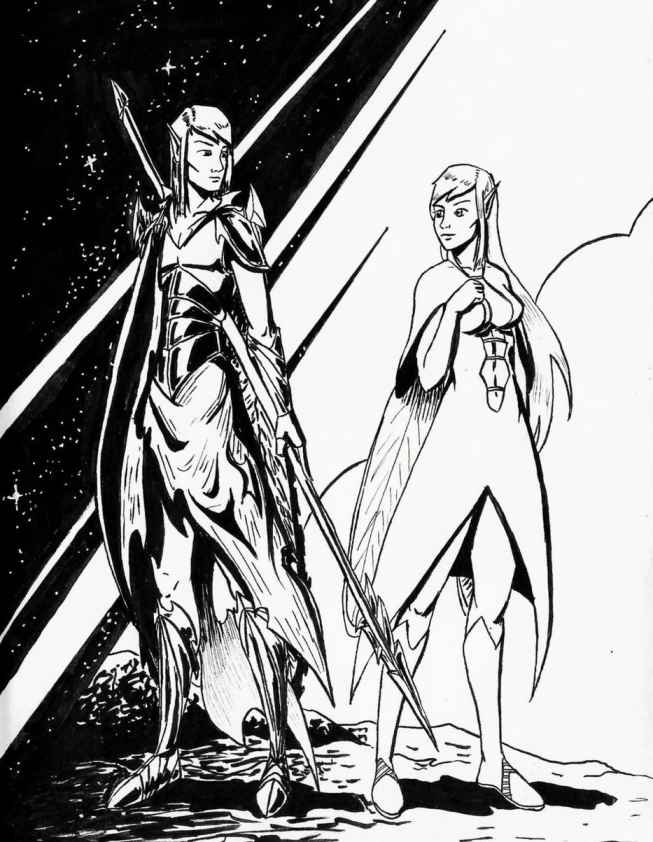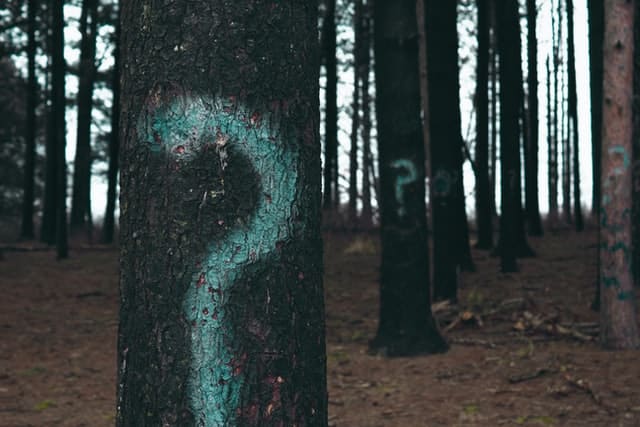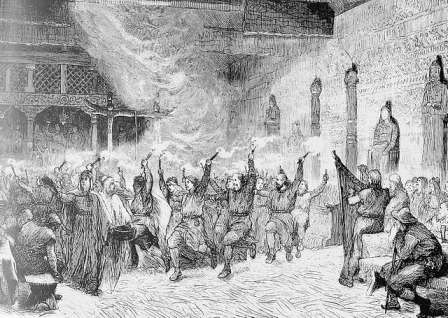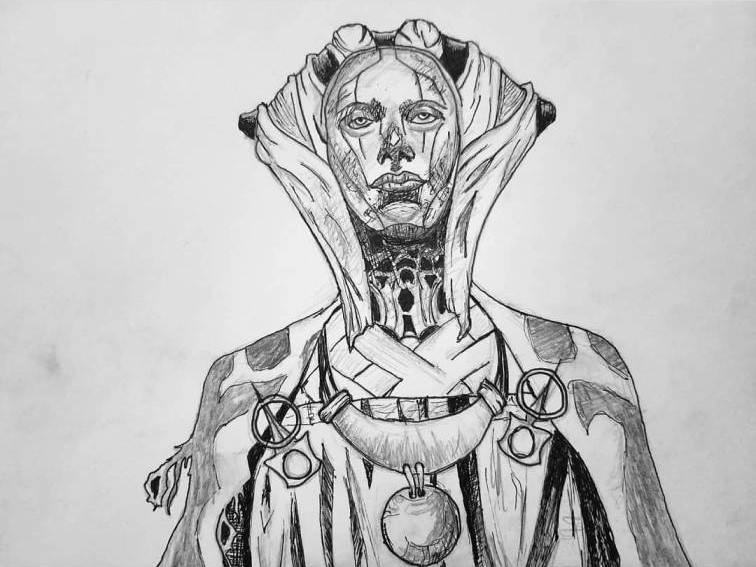The history of the Light elves or the ‘álfar’, predates the golden age of the Vikings. These mysterious beings are traditionally worshipped and respected alongside the gods although they are not considered to be as powerful.
They belong neither to the Vanir nor Aesir tribes, but yet they are a magical people, and have abilities that make them worthy of sacrifice, worship and ritual supplication.
Álfar, Ljósálfar
Known as the light elves (or bright elves), or ‘ljósálfar’, they are distinguished from the black or dark elves, the‘svartálfr’ and from dwarves, the ‘dvergr’, by their luminous presence. They live on high in the upper reaches of the world tree Yggdrasil high above Midgard in Alfheim, near to the gods in Asgard and Vanaheim, while their darker cousins live below the earth in regions of shadow.

They are powerful beings, called on by gods and mortals alike to intercede in worldly affairs. Their presence is radiant, and they are well disposed towards mortals. They assist the gods in their noble pursuits and are to be loved, feared, and respected.
The light elves exude light and live in a realm of luminosity, the black elves however fear daylight. In some myths a dwarf, or black elf, reputedly turned to stone when exposed to the rays of the sun.
The elves have shining complexions in addition to their glowing auras. However their cousins below Midgard in Svartalfheim are variously described as being black, dark and dusky. Commonly called ‘svartálfr’, ‘dökkálfar’ and ‘myrkálfr’ respectively in the old language.
Are the light elves and dark elves related?
Are they related? The Eddas are unclear and besides the accounts of the great Snorri Sturluson are not entirely to be trusted. One thing is for sure however, the dark elves have powers and wisdom not available to their ljósálfar kin. Therefore they are not to be seen as lesser in any respect.
Is it perhaps that the dark elves have chosen a path of individual renown, seeking glory and treasure and in exchange abandon their high place in Alfheim near to the gods? Or are the bright elves former dwarves who have chosen a higher path and forsaken their fear of the day for a brighter life in the upper reaches of Yggdrasil?
To form your own opinion, you must seek out and read the Eddas or perhaps consult the runes if you feel inspired.
Origins of the Light Elves
The Eddas tell us that the gods and giants came out of the ice of Niflheim. Mortals were then created by the gods from trees growing out of the corpse of Ymir, the first giant and primordial being of creation. Dwarves or black elves are descended from crawling maggots that came from this rotting flesh.
On the origins of the bright elves, by contrast, it seems the skalds are silent. We may perhaps at least assume that they are not the creations of Odin and his brothers. But if they came neither from the ice nor from the hands of the gods, where then did they come from?
Freyr ruler of Alfheim
A clue lies in the title of the Vanir god Freyr as ruler of their homeworld, Alfheim. Why would a Vanir god, or any god for that matter, rule this bright realm?

We know that Freyr is the benevolent Vanir god of love, fertility, hunting and harvest. Can we then infer that these light beings have some of the qualities of their lord for a reason?
Although the lines are not well defined, the Aesir gods, such as Thor, Frigg and Odin are more warlike in their demeanour. Even Frigg who is a goddess of love is also a goddess of war. The Vanir gods meanwhile, such as Freya, Freyr, Hertha or Hnoss, are very often gods of love, fertility and abundance.
The home of the Aesir is bounded, hence the name, Asgard which, like Midgard, means that they are guarded by a boundary. The Vanir meanwhile, live in Vanaheim, just as the bright elves live in Alfheim. These realms are roaming and free places, wild, unguarded, open to visitors and enemies alike.
The connection between the Vanir and the Light elves
The natures of the light elves and their realm are more akin to those of the Vanir, suggesting a relationship between the two that has been lost to time.
Did the Vanir create the elves? Are the bright elves descended from the Vanir? Are they a blending of more than one tribe where Vanir gods and mortals may have mixed to create something different from the two?
We know from the Eddas and from tradition that both gods and elves were not averse to taking lovers from among the inhabitants of Midgard. The hero Hogne, for example, was the son of a mortal queen and her elvish lover. And might bright elves not then, have mixed also with dark elves as well as mortals?
On such details, the Eddas and the skalds remain for the most part, quite silent.
Alfheim, Home of the Light Elves
The light elves reside in the beautiful realm of Alfheim, which is said to be near both Asgard and Vannaheim. This realm is known as Álfheimr in old Norse, meaning ‘elf land’ or ‘home of the elves’. Another name is Ljósálfheimr meaning ‘light elf home’ or ‘home of the light elves’.
There are only two references to this magical place in all of the Eddas. One to recount how Alfheim was given to Freyr as a ‘tooth gift’, a gift bestowed upon a child at the cutting of their first tooth, and the second by Snorri Sturlusson who lists it as a heavenly place where only light elves live.
Ýdalir call they
the place where Ull
A hall for himself hath set;
And Álfheim the gods
to Frey once gave
As a tooth-gift in ancient times.
The Grímnismál, Stanza 5
Given that the Ljósálfar are benign, described as being full of light, ruled by the Vanir god of love and fertility and that they are to be called upon for healing, we might infer that their realm is also a place of benevolence, light and abundance.
The Elven Sacrifice
The bright elves, unlike dwarves or dark elves, have their own annual sacrifice or celebration known as the ‘Álfablót’. The important Álfablót ritual is carried out on a local level, at the time of harvest and giving thanks for the bounty of the gods through nature. It was traditionally overseen by the womenfolk of the community and is shrouded in secrecy.

The ritual was private to each household. As such providing more freedom to invent and to make their worship individual to each family. This means that little has been recorded. However it also liberates us to create our own celebrations of the elves as we are so inspired.
The presiding family member was referred to as the ‘Ölvir’ and although the precise meaning has been lost, the root of the word is related to beer so it is highly likely the Álfablót was celebrated in full Viking fashion.
Light Elves and Healing
While dark elves and dwarves are known for their craftsmanship, light elves are known for their ability to heal. One such instance is contained in the story of Kormák. Where the process by which the elves may be summoned to heal a battle wound is described.
Þorvarður recovers late and when he can get up he goes to meet Þórdís and tells her what would be best for his health.
She says: “A hill alone is a short distance from here where the elves live. You must get the killer that Kormákur killed and smear the killer’s blood on the outside of the hill, but make the elves a feast of the slaughter and you will recover.”
Kormák’s Story or The life and death of Cormac the Skald.
The process is bloody enough and requires the death of an animal or perhaps an enemy in battle. In one version we hear of a bull, but in the version quoted above, it is a ‘killer’. The spilling of its blood upon a place known to be near to where elves have been seen. The elves it seems might be attracted to the blood and then feast upon the flesh.
Can these be the light elves referred to in the Eddas? Are the protagonists of Kormák’s tale mistakenly sacrificing to some other entity, a black elf perhaps? Or could the dwarves of old also be counted on for help in healing battle wounds?
Again, the original sources are unclear.
Light Elves of Great Renown
Of individual light elves we know little. Perhaps this is appropriate in that the elves are light beings whose motives are never selfish. In the myths they are always guided by a higher purpose or service to others.
They could interbreed with humans and the offspring of such unions gives rise to beings of otherwordly power. It is also said that some humans after death, rather than descending to the world of Helheim go to Alfheim. There they become elves to live there in service to the gods.
Elves, therefore, can be said to be a kind of higher being than a mortal. An evolutionary step above the state of competition and conflict that characterises our lives here in Midgard.

The light elves were not typically singled out for individual worship. However we can see that their spirit and energy was admired by the Vikings and by Nordic Midgardians in general.
Elven Names and Ancestry
There are many names, particularly among the descendants of Vikings in the Anglo-Saxon world that show the great love and respect held for the elves in a distant past.
Alf, Alvar, Alfhild all derive from the Norse word for elf. Even so, the name Alfred is remembered for the Anglo-Saxon King Alfred the Great. Alfred, ‘Ælfræd’ means ‘elf counsel’ and is still popular in Britain today.
It is ironic that a king famous for holding the Vikings and their ‘Great Heathen Army’ in check in England should be named for beings that were held so sacred by the invading forces. If the armies were held back, it seems their culture was successful in crossing cultural boundaries. In the end finding sympathetic hearts among the ranks of their enemies.
The name Alvin, ‘Ælfwine’, meaning ‘elf friend’, can still be heard in the English-speaking world today. Other names such as Alfled, ‘Ælfflæd’, meaning ‘elf beauty’ and Eldridge, ‘Ælfric’, meaning ‘elf ruler’ have fallen into disuse.
Still, we can see that the Vikings and other Europeans viewed the elves as being beautiful, and wise. It was also popular to have their names attached to those of mortal children.
